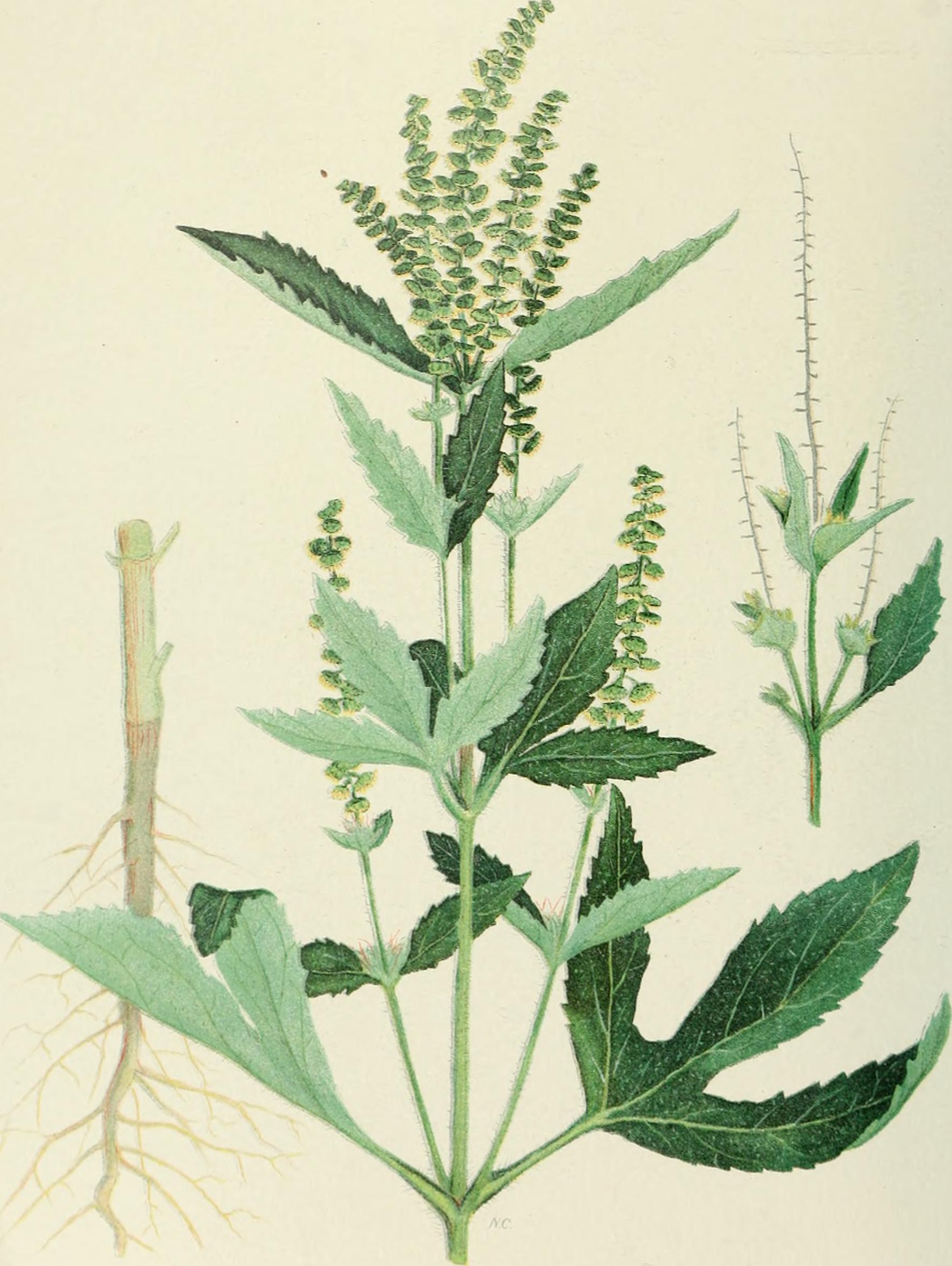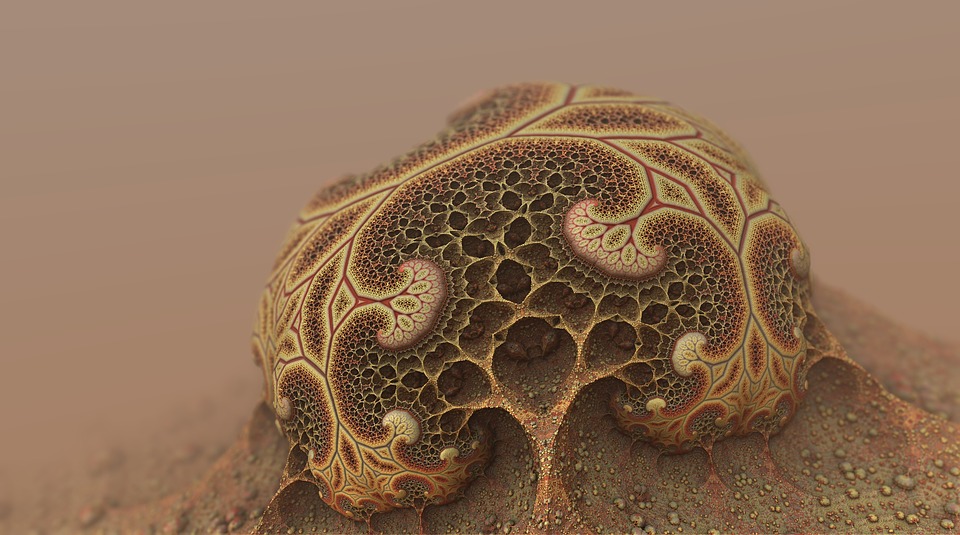The end of summer often brings those pesky fall allergens that we detest. They pollute the air that we breathe, causing irritating symptoms like a runny nose, watery eyes, sneezing, coughing, dark under-eye circles, and itchy sinuses. These symptoms can last from mid-August well into October, so it is very important to understand what allergies are prevalent in the fall months so that we can reduce their strain.
RAGWEED
The worst fall allergy culprit is ragweed. The pollen from this invasive plant can travel airborne for hundreds of miles, and the dryer the air, the higher the concentration of pollen. Roughly 75% of people with spring allergies also suffer from reactions to ragweed in the fall due to the change in temperatures and winds. Symptoms from ragweed allergies peak at midday when many people are at work, and can be incredibly disruptive to your health!

MOLD
Mold is another trigger for allergic reactions in the fall months, and thrives in moist environments both outdoors and indoors. Keep an eye on damp areas of your home like the washroom, kitchen, or basement to make sure no mold is developing. Damp walls, leaky foundations, improper insulation and carpeting all provide the perfect breeding ground for musty mold.

DUST MITES
Dust mites prefer warm, damp climates; however, that does not stop them from thriving well into the fall. Turning on your furnace can stir up dust into the air, propelling dust mites into the sinuses and causing the allergic reactions suffers dread most.

HOW TO COPE WITH FALL ALLERGIES
TIP #1: Dusting and Duct Cleaning
If you are allergic to dust mites, ensure that you thoroughly dust your home. If your nose is especially sensitive, wear a mask to protect your sinuses as you clean. Since dust likes to settle on every surface, including clothes and bed sheets, ensure that you wash these items in hot water (at least 130 degrees) and dry them in the dryer. Avoid hanging these items to dry because the moisture present is enough to attract ragweed, mites, and mold. Dust often settles in house ducts, so it is also important to inspect and clean your ducts periodically to limit allergic reactions created from dust and mold.
TIP #2: High-Quality HVAC Systems
Dehumidifiers – Depending on the air quality and temperature in your home, using a dehumidifier can drastically improve the air you breathe, eliminating the pesky allergens found travelling in the air. Dehumidifiers will be your best friend in the fall because they work to extract moisture from the air where mold, dust mites, and ragweed thrive.
Air Cleaners and Filters – Find a purifying filter that is right for you. HEPA air filters in particular are fantastic for trapping tiny particles that make their way into the air. Cleaning and filtering the air you breathe in your home is essential for keeping allergies at bay.
TIP #3: Scheduled Maintenance Appointments
Sometimes it can be overwhelming trying to determine the best options for your home when it comes to eliminating pollutants such as ragweed, dust, and mold. Take the stress out of your day by getting advice from the experts. Schedule a regular maintenance appointments with Afterglow today.
